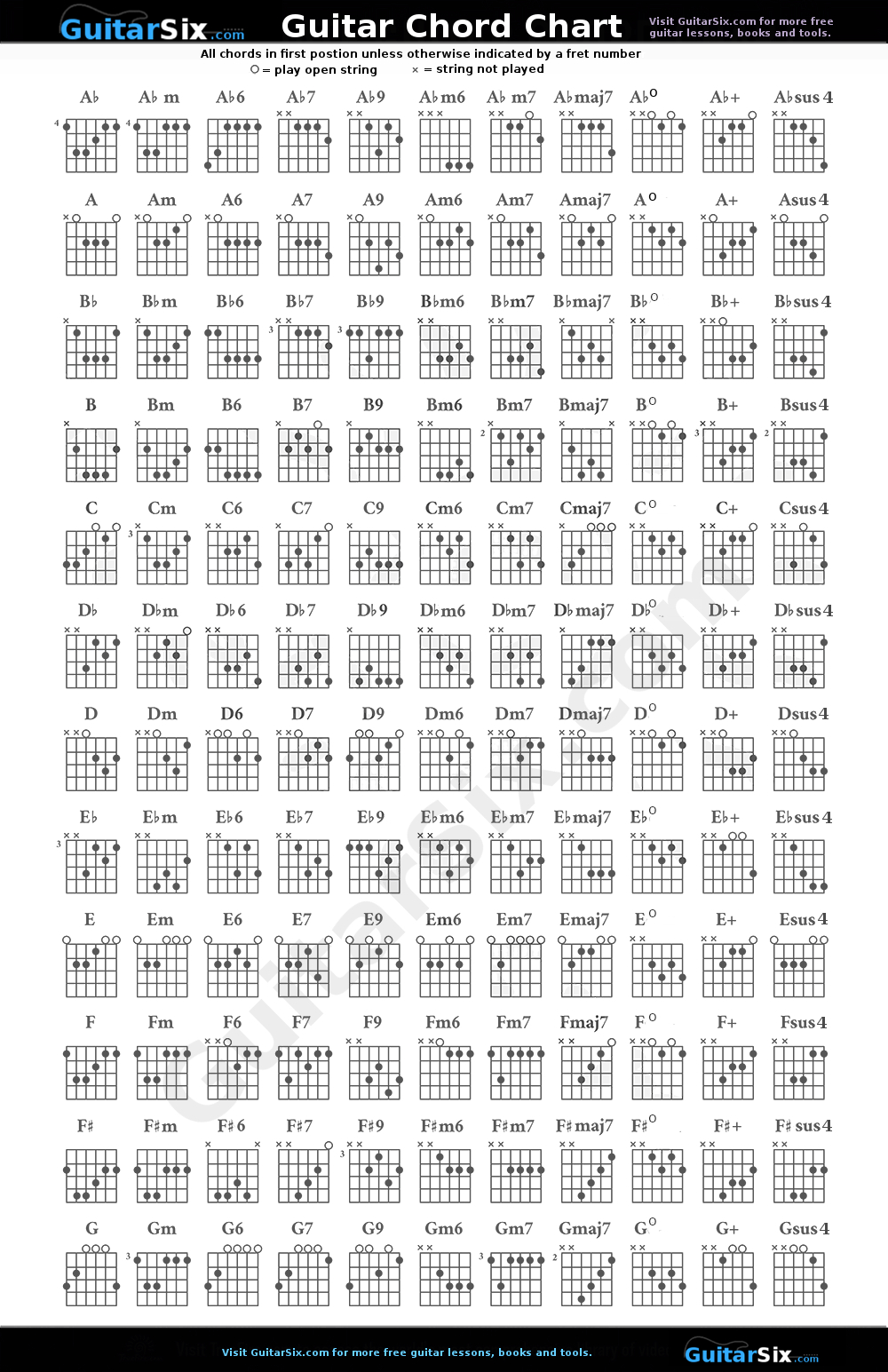

The Jazz Piano book also being a good text for Piano Voicings. While on the topic of Mark Levine 'The Jazz Piano Book' and 'The Jazz theory book', both by Levine are both great texts which will get you into the theory more. 'The Menu' by Mark Levine is another pretty highly regarded voicing book 'Modern Jazz Voicings - Arranging for Small and Medium Ensembles' by Ted Pease and Ken Pullig is kind of indispensible really See the below notation and video for examples.For those interested in texts which already exist on topics like this, here's a few I'd recommend. We will encounter a similar idea but applied to melodic phrases rather than the harmony when we discuss improvisation in a later lesson. This involves playing the written chord, then quickly playing the chord a semitone away from the original chord (keeping the same chord quality), before returning to the original chord. One great, simple and widely used technique you can employ is side-slipping. Playing a single chord for such a long period of time is quite boring, so it’s generally a good idea to insert a passing chord in the middle of the long chord to break up the monotony. Occasionally you will find a chord progression that has a single chord played for a long time (2+ bars). For those who are interested, I played the following chord progressions: Original All of Me Chord ProgressionĪll of Me Chord Progression with Passing Chords #1Īll of Me Chord Progression with Passing Chords #2 Have a listen to what it sounds like in practice.

In the below video, I take the song ‘All of Me’ as an example and insert passing chords. It’s at your discretion when and where you insert a passing chord, and what kind of passing chord you insert. By definition, they are not harmonically important, so a lead sheet will never display them. Passing chords are never written into the chord progression of a song. We will find this is the case with many of the concepts we cover in the future. Because of this, there are a number of different ways to analyse the same chord progression. And in order to do this, they come up with various ideas and concepts. A musician writes a particular chord progression that happens to sound good, and then it’s up to the theoretician to figure out why it sounds good. It’s important to remember that: first came music, then came theory. There are many ways of analysing the same chord progression. To others the Em7 will be a half-bar chord substitution of the CMaj7 chord. Let’s again take the chord progression: | CMaj7 – Em7 | Dm7 || We will come across many theoretical concepts that try to explain the same chord in different ways.

You will also notice that one of the passing chords is a Secondary Dominant (the subject of our next lesson).Īt this point it is worth noting that there is more than one way to analyse a chord progression. For example, the Diatonic Approach Chord of Em7 is also a Median Note substitution of CMaj7. You may have noticed some of the above approach chords are also chord substitutions. I will have more to say about this in future lessons. Note: That both the chord and the bass-line movement are important when transitioning between chords. The most widely used passing chords are shown in the below table. We can insert a passing chord between the CMaj7 and the Dm7. Let’s take the following chord progression: | CMaj7 | Dm7 || This is a passing chord that is either 1 ( chromatic) or 2 ( diatonic) semitones away from the next chord. They can be diatonic (a chord from the key that you are playing in) or non-diatonic (a chord NOT from the key that you are playing in) Ī specific type of passing chord is called an approach chord.

chords that are written out on a lead sheet and that occur on beats one or three of a bar) They are inserted between two harmonically important chords (i.e.You never sit on them for long, they are passing chords, you pass by them quickly They last for a very short period of time (1/4 or 1/2 a bar).Passing chords generally have the following features: Passing chords can make a chord progression more interesting because they speed up the rate at which chords change (called Harmonic Rhythm) and make a chord progression more harmonically interesting. And because they are not harmonically important, they can be almost any chord you like. Because they are played quickly (they generally never last more than 1/2 a bar), they are not harmonically important. They are chords you pass through quickly on your way from one chord to the next in the chord progression. Passing chords are literally that, chords that you pass by.


 0 kommentar(er)
0 kommentar(er)
